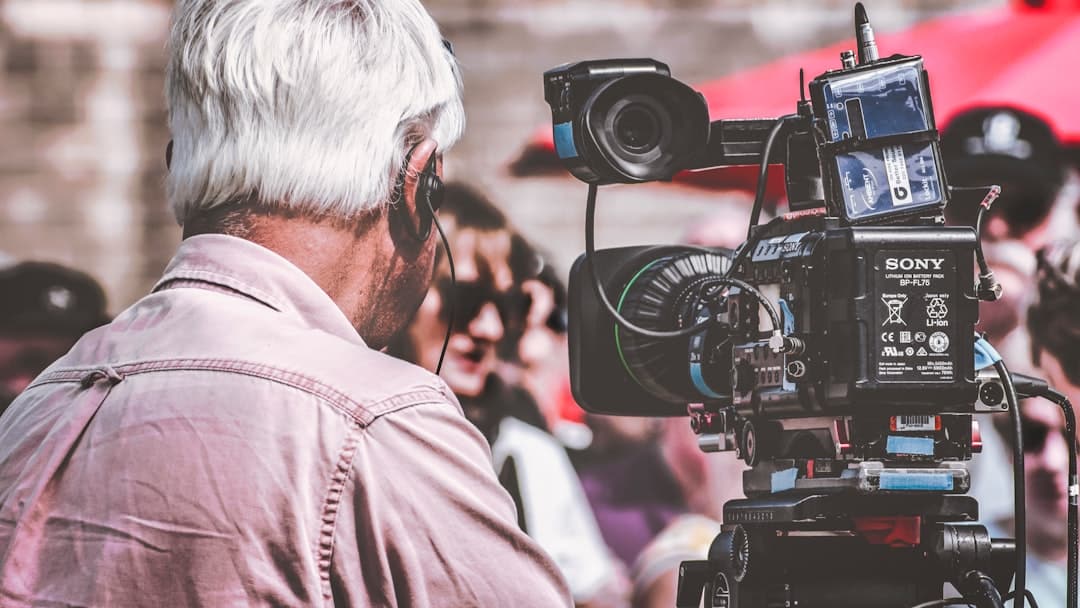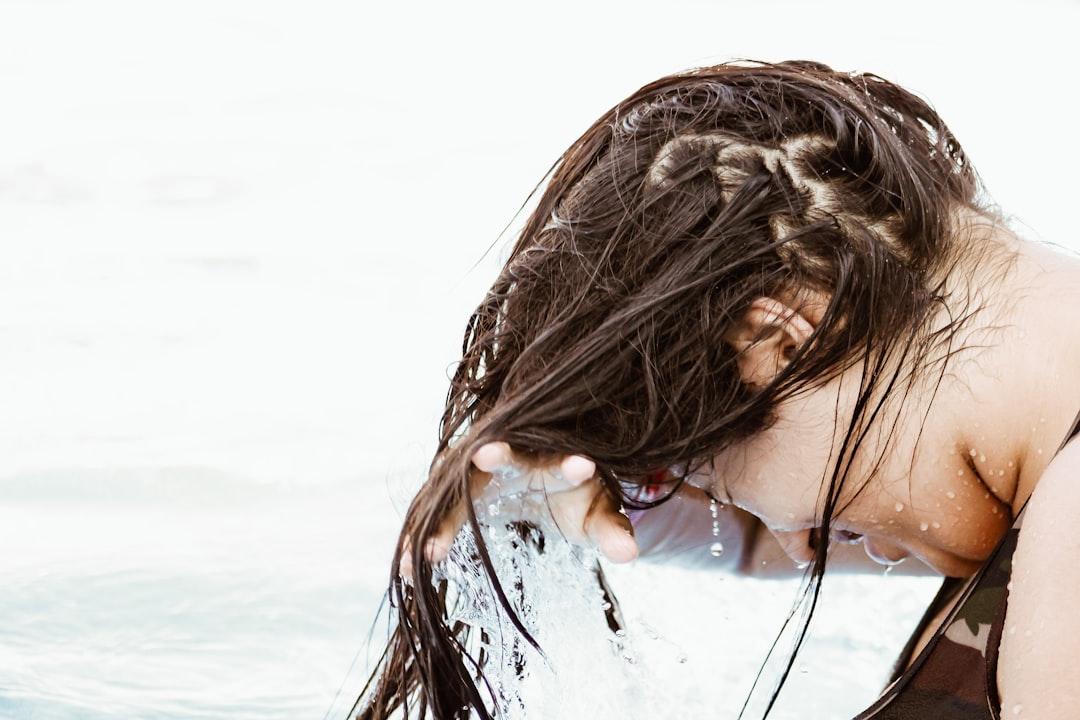|
IN BRIEF
|
Tackling old stains can seem like a daunting task, but with the right techniques and tips, it’s possible to get spotless surfaces back in the blink of an eye. Whether on clothing, carpets or even furniture, each type of stain requires a specific approach. In this article, we’ll explore simple and effective methods that will help you remove those stubborn marks and bring your textiles and surfaces back to life. Get ready to say goodbye to stains and welcome cleanliness!
Stubborn stains can turn your favorite fabrics into nightmares. Often, we hesitate to throw away an item of clothing or furniture because of a stain that seems permanent. Fortunately, there are simple and effective solutions to remove these old stains without much effort. We’ll guide you through household cleaning tips to get your fabrics looking like new again.
Understand the nature of the stain
Before you start cleaning, it is crucial to identify the type of stain. The stains ofoil, of wine, or even rust require specific treatments. Understanding the nature of the stain allows you to choose the most effective method for its removal.
Oil and grease stains
Oil and grease stains are particularly difficult to remove because they penetrate deep into fabric fibers. But don’t worry, there are solutions. Use talcum powder or the cornflour to absorb excess fat. Apply the powder to the stain and let it sit for an hour. Then, gently brush off the powder and wash the fabric with warm water and detergent.
Wine and blood stains
Wine and blood stains can be daunting, but they can be removed with the right products. For wine, immediately sprinkle the stain with salt to absorb the liquid. Then, rinse with cold water and apply a mixture of white vinegar and dishwashing liquid.
The stains of blood require another approach. Use cold water rather than hot water to rinse the stain. Then, rub gently with Marseille soap and soak in cold water. If the stain persists, use diluted hydrogen peroxide.
Natural tips for removing stains
Natural solutions are often less aggressive for tissues and better for the environment. Here are some eco-friendly methods to get rid of old stains.
Baking soda and white vinegar
THE baking soda is a valuable ally in the fight against stains. Mix it with water to create a paste and apply it directly to the stain. Let it sit for 15 minutes, then rinse with warm water.
THE white vinegar is also an excellent natural stain remover. It can be used alone or in combination with baking soda. Spray white vinegar on the stain, leave for a few minutes, then rinse thoroughly.
Soda crystals
Soda crystals are another effective natural solution. Dissolve a cup of soda crystals in a liter of hot water and soak the stained area in this solution for an hour. Then wash as usual.
Use of commercial products
There are many stain remover products available on the market that can tackle old stains in the blink of an eye. It is important to follow the manufacturer’s instructions to avoid damage to the fabrics.
Spray stain removers
Spray stain removers are easy to use and effective for a variety of stains. Spray directly on the stain, leave for a few minutes, then wash as normal. They are particularly effective for stains fat and of wine.
Pink miracle paste
Increasingly popular, the pink miracle paste is a versatile solution. It can be used on different materials, from clothing to furniture. Apply a small amount of paste to the stain, scrub gently with a toothbrush, then rinse well.
Tips for pre-treating stains
Pre-treating stains before washing the fabric can greatly increase the chances of removing them completely. Here are some effective pre-treatment techniques.
Use cold water
For most stains, start by rinsing with cold water can prevent the stain from becoming more embedded. Cold water prevents stains from setting and makes them easier to remove later.
Soaking
Soaking is a classic but very effective method. Fill a bucket with cold or warm water and add a spoonful of enzymatic detergent. Let the fabric soak for several hours, or even overnight, before washing it normally.
| Method | Description |
| Baking soda | Mix with water to form a paste, apply to the stain and rub gently. |
| White vinegar | Use as a natural stain remover by applying directly to the stain, leave to act before rinsing. |
| Lemon | Apply lemon juice to the stain, leave to act in the sun for a whitening effect. |
| Rubbing alcohol | Ideal for grease stains, apply with a clean cloth by dabbing. |
| Commercial Products | Use specific stain removers depending on the type of stain, follow the manufacturer’s instructions. |
| Salt | For wine stains, sprinkle with salt immediately and rinse with cold water. |
- White vinegar: Mix with water to blot the stain.
- Baking powder: Apply a paste to the stain and rinse.
- Lemon : Rub a slice on the stain to bleach.
- Laundry detergent: Leave to act before rinsing with warm water.
- Rubbing alcohol: Dab with a cloth to dissolve the stain.
- Salt : Use as a mild abrasive to scrub the stain.
- Commercial products: Choose a specific stain remover depending on the type of stain.
- Ice cube: Use to harden and scratch stubborn stains.
- Ammonia: Dilute and apply carefully to fabrics.
- Steam : Use an iron to relax the fibers and remove the stain.
Treating Stains on Furniture and Carpets
Furniture and carpets are often victims of unwanted stains. Let’s see how to treat them without damaging them.
Baking soda
Baking soda is particularly effective on carpets. Sprinkle it generously over the stain, then spray with a mixture of water and white vinegar. Leave it on for 30 minutes then vacuum it up.
Ammonia
For stubborn stains on upholstery, theammonia is a solution to consider. Dilute a few drops of ammonia in water, dip a clean cloth in this solution and gently rub the stain. Do a preliminary test on an inconspicuous part to avoid any discoloration.
Some additional tips and advice
Here are some additional tips to optimize your cleaning efforts.
Test first
Before applying a cleaning solution to a stain, always test the product on a small, inconspicuous area. This will help you avoid damaging or discoloring the fabric.
Do not rub
When treating a stain, avoid rubbing too vigorously. This could damage the fabric fibers and make the stain larger. Dabbing is often more effective and less risky.
Rinsing is crucial
After applying a stain remover, always rinse the treated area thoroughly. Product residue can attract dirt and create new stains.
Restore the appearance of white fabrics
Stains on white fabrics can be particularly obvious and difficult to remove. Follow these tips to restore shine and clarity to your white fabrics.
Oxygenated water
L’hydrogen peroxide is a natural and effective whitening agent. Mix one part hydrogen peroxide with two parts cold water and soak the fabric for 30 minutes. Then wash as usual.
Lemon juice
THE lemon juice is another natural whitening agent. Spread the lemon juice directly on the stain and expose the fabric to the sun for an hour. The whitening effect is maximized by the combined action of lemon and the sun.
The power of sunlight
Sunlight can be a surprisingly effective whitening agent. Lay your fabrics out in the sun after washing to remove residual stain marks. UV rays act as a natural whitener.
Using technology to treat stains
Modern technology offers innovative solutions for treating stains. From specific devices to smart apps, discover how technology can help you.
Steam cleaning devices
Steam cleaners are very effective in removing stubborn stains. The steam penetrates deep into the fibers and dissolves residue without the need for harsh chemicals.
Mobile apps
Some applications can offer ingenious ways to restore not only tissue but also damaged images. For example, this free tool restores old photos and could inspire innovative cleaning methods.
Adopt prevention practices
Prevention is better than cure, so adopt practices to prevent stains from the start. Beyond erasing stains, learn how to prevent them.
Use protective covers
For furniture and rugs, use covers protective covers that can be removed and washed separately. They act as a barrier against accidental spills and extend the life of your furniture.
Regular washing
Washing your textiles regularly helps prevent stains from setting permanently. Regular maintenance removes stains before they become a major problem.
Mistakes to avoid when removing stains
Stain removal can sometimes go wrong. Avoid these common mistakes to avoid making the situation worse.
Excessive use of chemicals
Using too many chemicals can damage fabrics or cause unwanted reactions. If natural products don’t work, try minimal amounts of chemicals with caution.
Let time act
Don’t be too impatient. Sometimes natural methods take time to work. Letting the solution sit long enough is often the trick to optimal results.
Neglecting rinsing
Failing to rinse properly can leave residue that attracts dirt. Be sure to rinse thoroughly after treating the stain.
FAQ: How to remove old stains in the blink of an eye?
A: Methods include using specific stain products, homemade recipes using baking soda or white vinegar, and enzymatic stain removers.
A: Yes, certain household products such as Marseille soap, lemon or 70° alcohol can be very effective against stubborn stains.
A: Yes, it is advisable to do a test on a small, non-visible area to ensure that the product does not discolor or damage the fabric.
A: No, different fabrics require different treatments. Delicate fabrics may require special care to avoid damage.
A: The time required depends on the nature of the stain and the product used, but it can vary from a few minutes to several hours.
A: In some cases, it is possible to completely remove an old stain, but others may leave marks despite treatment.





